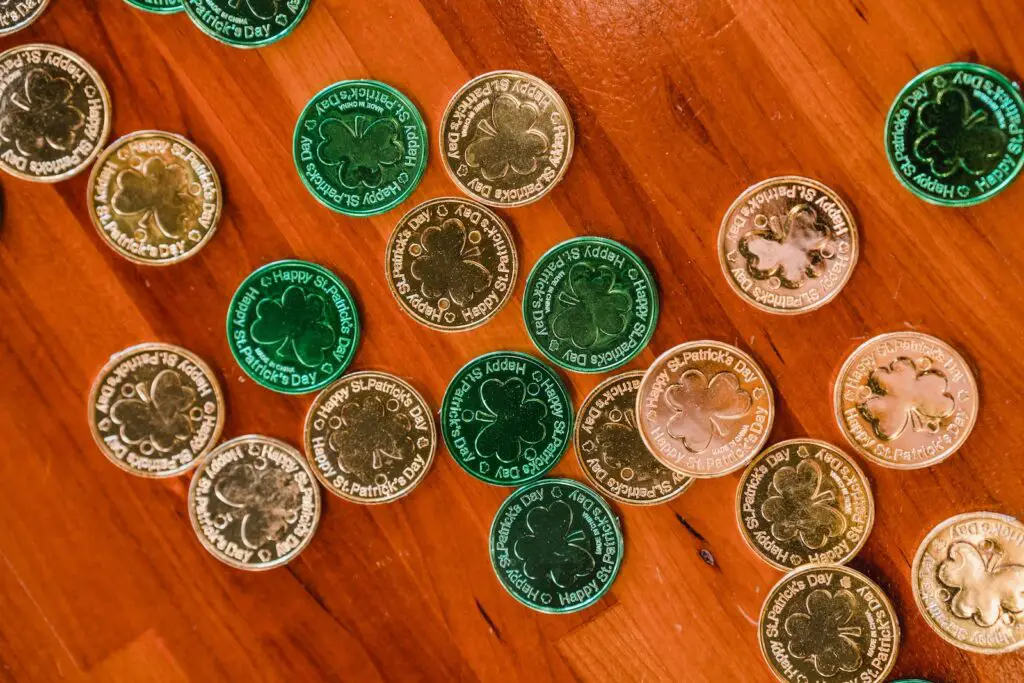Every March 17th, people around the world throw on their best green outfits, pinch those who forget what day it is, and celebrate with parades, Irish music, and even the occasional shamrock-shaped cookie. But beyond the surface-level festivities, have you ever stopped to ask—what is Saint Patrick’s Day really about? Let’s dive into the history, meaning, and even the deeper spiritual significance of this day. And by the end, you might see this holiday in a whole new light.
What Is Saint Patrick’s Day?
Saint Patrick’s Day, celebrated every year on March 17th, is a holiday that honors—you guessed it—Saint Patrick. It has cultural and religious roots commemorating Saint Patrick, the patron saint of Ireland. While it’s often associated with Irish pride, festive parades, and lots of green, its origins are deeply rooted in Christianity. The day marks both the life and mission of Saint Patrick, who is credited with spreading the message of Jesus across Ireland.
Over the centuries, what started as a Christian feast day evolved into a global celebration of Irish heritage and culture. Whether you’re Irish by blood or just Irish for the day, March 17th is a time to reflect on faith, history, and—believe it or not—God’s creativity in using everyday things to teach us more about Himself.

Who Was Saint Patrick and What’s His Story?
Okay, so Saint Patrick wasn’t actually Irish.
Crazy, right? He was born in Britain around the late 4th century. When he was about 16, he was kidnapped by Irish raiders and taken to Ireland as a slave. He spent years there, tending sheep and, in his isolation, he grew closer to God.
One day, he had a dream where God told him to escape. He listened, made a bold getaway, and eventually found his way home. But here’s where it gets even crazier—he didn’t just move on with his life. Instead, he felt called to go back to Ireland, the very place where he had been enslaved, to share the gospel. Talk about radical obedience.
Patrick returned to Ireland as a missionary and spent the rest of his life teaching people about Jesus, and using simple, everyday things to explain complex theological ideas. Because of his efforts, Christianity took root in Ireland in a major way.

The Meaning of Saint Patrick’s Day
At its core, Saint Patrick’s Day is about honoring faith, obedience, and the impact of sharing the gospel. Saint Patrick’s story is a testament to trusting God through trials. At its heart, the day is about a man who changed a nation in unexpected ways.
While many see March 17th as a fun cultural holiday, it’s also an invitation to think deeper about how God can use ordinary people (like Saint Patrick) and ordinary things (like a shamrock) to reveal His truth.
Why Is Saint Patrick’s Day Celebrated on March 17th?
March 17th is believed to be the day Saint Patrick died, around the year 461. Since he played such a key role in Irish Christianity, the day became a religious holiday in his honor. Over time, it expanded from a church feast day into the larger cultural celebration we know today. Over time, Irish immigrants—especially in the United States—turned it into a larger celebration of Irish culture. Today, cities like New York, Boston, and Chicago go all out with massive parades, river-dyeing, and festivals.
But originally? It was a day to reflect on one man’s obedience to God’s calling and how one man’s faith changed a nation.

The Spiritual Significance of Saint Patrick’s Day
While many focus on the cultural side of Saint Patrick’s Day, there’s a deep spiritual message hidden beneath all the green.
1. The Shamrock as a Symbol of the Trinity
Another cool part of his story? The shamrock.
Legend has it that Patrick used the three-leaf clover to explain the concept of the Trinity—how God is one being, yet three persons: Father, Son, and Holy Spirit. It’s a small but powerful example of how everyday things can reveal deep truths about God.
2. God’s Redemption Through Trials
Saint Patrick’s story is a powerful reminder that God can use our hardships for a greater purpose. It’s also an interesting revelation of how God might bring us back to painful places with a renewed purpose, even if it’s in a land where we were formerly slaves. Think of the love St. Patrick had to foster for the people group that held him captive. Patrick was enslaved, yet he later returned to the very place of his suffering to bring hope and salvation at God’s command.
3. Finding God in Everyday Things
If God can use a simple three-leaf clover to illustrate the divine truth of the trinity, what might He be able to use in your daily life to reveal more of Himself and give you a deeper understanding of who he is?
Where Did the Story of the Leprechaun Come From?
So, how did we go from a missionary to mischievous little green men guarding pots of gold? Well, leprechauns come from Irish folklore, not Christianity. They were originally seen as trickster fairies or shoemakers who could bring either good fortune or mischief, depending on their mood. Over time, they got woven into Saint Patrick’s Day celebrations as a fun (and very commercialized) symbol of Irish culture. They became an unofficial mascot for Saint Patrick’s Day celebrations, adding a fun and whimsical element to the holiday, especially for kids. But if you’re looking for spiritual meaning in leprechauns, well… good luck with that!
In my opinion, they’re a slightly unfortunate reminder of how stories evolve to eliminate faith over time.
Final Thoughts: Seeing God in the Everyday
At the end of the day, Saint Patrick’s Day isn’t just about green outfits and parades. It’s about remembering how God can use anyone—no matter their circumstance—to make an impact. It’s about the story of a man who went back to the land of his suffering to share the gospel and deeply impacted an entire nation. It’s about how faith can be shared in simple ways. And it’s about trusting that even in the hardest seasons, God is still writing a story of redemption for everyone.
Maybe, this is a nudge to look at everything around us as a possible reminder of God’s presence. If you’re willing to notice, He’s probably willing to reveal more of Himself.
So this Saint Patrick’s Day, as you wear your green, take a second to ask: What everyday things is God using to speak to me?




